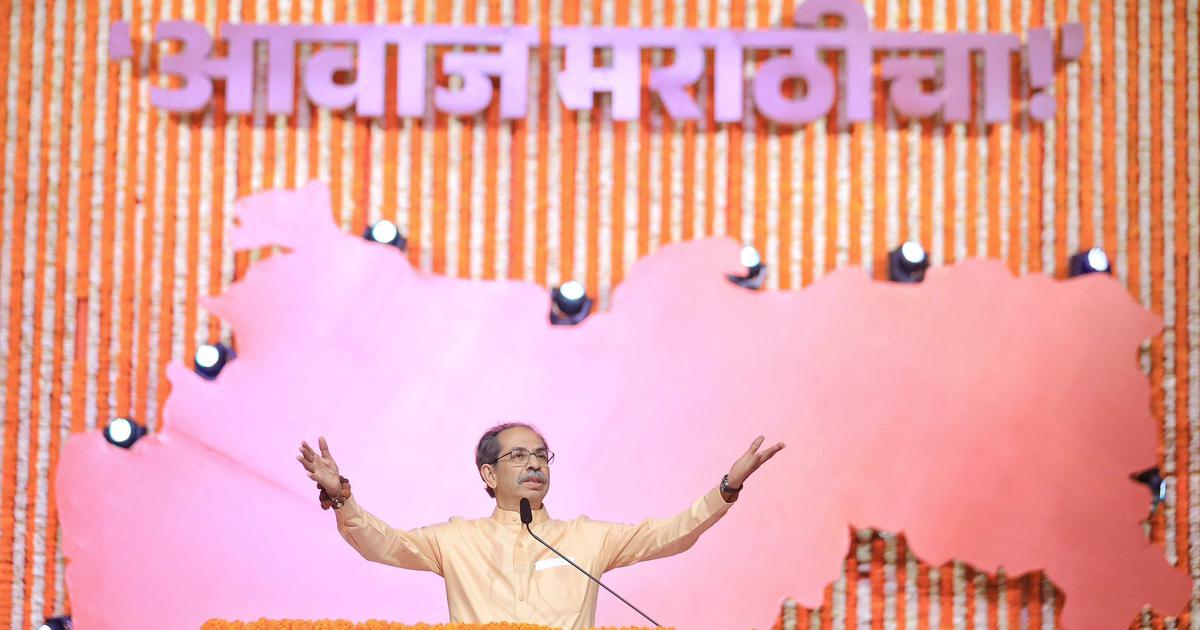At the heart of Maharashtra’s Marathi push back is a debate over Indian identity

In recent weeks, Maharashtra has found itself at the centre of a growing controversy over the National Education Policy 2020.
At the heart of the debate is a clause that reaffirms the “three-language formula” in schools: children must learn three languages from the first year of school. Typically, these would be the regional language, English and one additional Indian language.
Although the policy formally allows any Indian language to serve as the third, Hindi, especially given its dominant presence in central administration, popular media, and national examinations, tends to fill that role by default.
In Maharashtra, the issue returned to the headlines after an order by the Bharatiya Janata Party-led state government to introduce Hindi as the compulsory third language from classes 1-4 in Marathi and English medium schools.
This privileging of Hindi has sparked concerns in non-Hindi-speaking regions and reignited an old debate: is the NEP merely encouraging multilingualism, or is it reinforcing a creeping centralisation under a “Hindi-Indian” identity?
The dominant regional language of Maharashtra, Marathi, is closely tied to the state’s cultural and political identity. The move to introduce Hindi as the mandatory third language by the government was immediately cast by the opposition Shiv Sena faction led by former Chief Minister Uddhav Thackeray as an attempted imposition of a linguistic-cultural hierarchy by the...
Read more
News